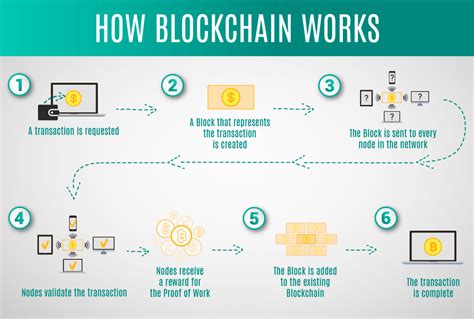Here is an article on how to move Ethereum blockchain data while still using your wallet:
Moving Ethereum Blockchain Data for Improved Security and Convenience
Ethereum, like other cryptocurrencies, relies on blockchain data stored in its default location to function efficiently. However, storing this sensitive information in a single location can be insecure and may not meet the needs of all users. In this article, we will explore how to move Ethereum blockchain data to an external location, ensuring both security and convenience.
Why move data?
Before we get to the solution, let’s quickly discuss a few reasons why moving data could be beneficial:
- Data Security: Storing sensitive data in a single location can leave it vulnerable to theft or loss.
- Convenience: Storing data off-site can reduce reliance on a single location and minimize downtime for users.
- Customization: By storing your data outside of the default location, you may be able to customize your security measures to suit your specific needs.
Method 1: External Hard Drive (HHDD) or NAS (Network-Attached Storage)
A popular method is to use an external hard drive or NAS (Network-Attached Storage) device. Here’s how:
- Install Bitcoin-Qt
: Download and install the latest version of Bitcoin-Qt, which you can find on the official website.
- Configure the external drive: Create a new wallet directory for your Ethereum data and add it to the Bitcoin-Qt configuration file (
~/.bitcoin/quantum.confby default). You may need to edit this file manually or use the--data-diroption during installation.
- Mount the external device

: Insert your external hard drive (HHDD) into a USB port, then launch Bitcoin-Qt from your desktop. You will see an option to mount the external device as a shared folder.
Method 2: Cloud Storage Services
Another option is to use cloud storage services like Google Drive, Dropbox, or Amazon S3 to store your Ethereum data. Here’s how:
- Install Bitcoin-Qt: Follow the same steps as above.
- Configure the external drive: Add the external drive to your Bitcoin-Qt configuration file and configure it for sharing.
- Choose the cloud storage service: Connect to your preferred cloud storage service, then upload your Ethereum data folder to the desired location.
Method 3: Local Disk
For local disk storage, you can use any external hard drive or SSD (Solid-State Drive). Here’s how:
- Install Bitcoin-Qt: Follow the same steps as above.
- Configure the external drive: Add the external device to your Bitcoin-Qt configuration file and configure it for shared access.
Tips and Precautions
When moving data, keep the following tips and precautions in mind:
- Use a secure, encrypted connection (e.g., SSH) when transferring data off-site.
- Consider setting up a separate, dedicated account or wallet for your Ethereum data to minimize risk.
- Make sure any external storage device is properly secured and backed up regularly.
By moving your Ethereum blockchain data, you can improve security, convenience, and customization. Choose the method that best suits your needs and take the necessary precautions to protect your sensitive information.
